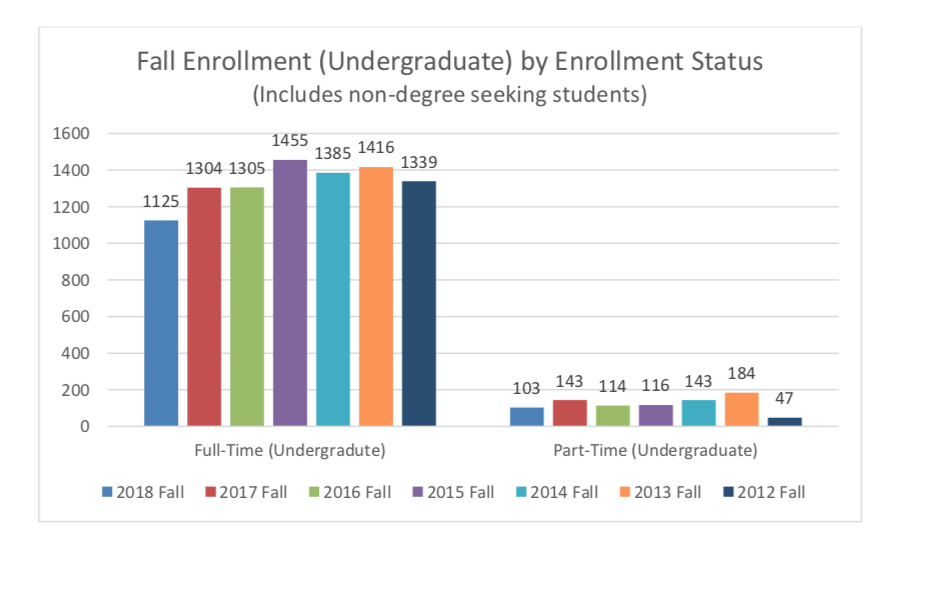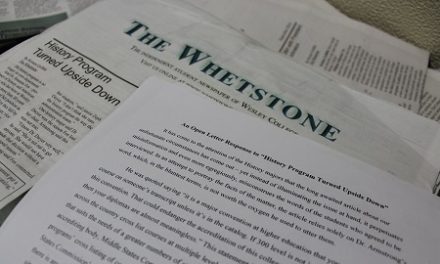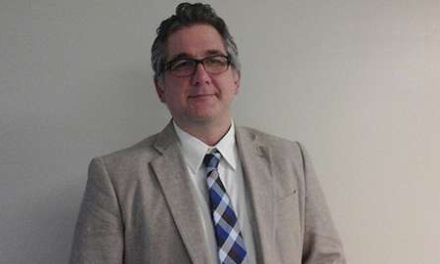
By Kabrea Tyler and David Pierre; The Whetstone
Wesley College full-time undergraduate enrollment decreased 250 this fall from last year, continuing a downward spiral. The highest it’s been during the past seven years was 1,600 in 2013.
The numbers have students, staff and faculty worried about the future.
Senior Jourdyn Beverly said Wesley needs to do more to keep the students they have - and then do more to bring more students in the fall. Â
“Now you see the same couple of hundred people every day, when in the past you would constantly see new faces, she said. “I remember when I first arrived here, every dorm was filled, even to the basement, and now Williams and Gooding have been closed for two years.â€Â Â
From a recently 2019 high of 1,455, this semester’s fall undergraduate enrollment is less than a thousand, the lowest in more than a decade. Â
Only half of Wesley’s freshmen last year stayed the next semester, according to the College, and reportedly only 18 students came to Wesley’s first fall open house on Oct. 19.
Students want to know what the college is doing about it.
Wesley College’s new Vice President of Enrollment Management, David Buckingham, said to think of enrollment as a funnel. Â
“You start off with suspects (potential students interested in Wesley because of SAT scores, their proximity from the campus, interest academically, and/or interest in extracurricular),â€Â he said. Â
The suspects may be nearly 30,000 names.Â
“We work them through the funnel, and, in the end, we hope to come out with a certain yield, from applicants to acceptances to enrollments.â€Â Â
Buckingham said another problem is after the student is enrolled.Â
“How do we keep them engaged? How do we support them?â€Â
Buckingham began as head of enrollment this summer after the departure of Chris Dearth. He said he is not sure why enrollment has gone down over recent years.Â
But he has an idea that it has to do with the changes in Wesley’s admissions department.Â
“I think with that turnover and lack of continuity in leadership and counselors, we have not been able to get that traction that we need,†he said.Â
Senior Nick Glover said he’s noticed the fewer students.
“I guess the number of people has changed a lot my freshman year, 2015, when more than 1,500 students came in,†he said.
Glover also noticed a change after Coach Mike Drass died in May 2018.
“When Coach Drass passed away, it went from 100-130 freshmen football players to now, it’s about 55,†he said.
Fewer teammates have changed the team’s dynamic.
“This has probably been the worst year since I’ve been here,†Glover said. “Less people, less fun. People are lazy, so if there are fewer people fewer come out to the activities. If we don’t upgrade soon, this schools going to be gone.â€
Assistant Director of Student Success and Retention Danielle Archambault said her department has retention initiatives, both already developed and continuing. However, knowing if their program has potentially helped or did not help students can be challenging. Â
“What’s difficult is that graduation from a federal government perspective is measured on a six-year cycle,â€Â Archambault said. “So, in theory, we can make a new retention initiative and not know if that helped a student for six years,â€Â
Archambault said she thinks there is a one misperception about retention. Â
“I think that retention doesn’t just belong to one person or department,†she said. “I believe it is a campus-wide shared responsibility, which is why I want to collaborate with so many different departments all the time.â€Â Â
Buckingham and Archambault both said they believe there are various factors that come into play when it comes to the problems with enrollment in most colleges and retaining those students. Â
Buckingham said there are two main factors.Â
“There are a lot of choices,†he said. “You can go to a community college, a for-profit college,†and many others. “Also, college education is becoming too expensive, so affordability is an issue.â€Â
Enrollment is trending downward across the U.S., Archambault said.Â
“The trend goes, if the unemployment rate is high, enrollment goes up, but if it’s low then enrollment declines because people are at work opposes to being in college,†she said. Â
Tuition costs, overall, family, income and the unemployment rate all impact college enrollment trends, which in turn impacts retention, Archambault said. Â
Science professor Stephanie Stotts said the low enrollment has been affecting her teaching, and how many classes she asks to teach.
“I’m more cautious and asking for fewer so they do not get canceled,†she said.
She said she’s worried about the future.
“I hope it will not stay like this, but numbers are numbers,†she said. “We need students and people who care about Wesley, so I hope that they turn it around and pull us through.â€Â
Stotts said Melanie Pritchett, the STEM program administrator, and some students contact and recruit for the program, including for summer classes.
“We have students who go to the high schools and have students come to Wesley,†Stotts said. “We talk to them about our program and we’ll email the students.â€
Students who have been here for years and those who have been here for a short time said they also have noticed a decrease in students. Â
Sophomore Cheyenne Stevenson said she has heard stories about how Wesley used to be since she has come to campus. Â
“Since I’ve been here, I have noticed there are a lot of student athletes, which I don’t have a problem with, but there doesn’t seem like there are a lot of ‘regular students,’†she said. Â
Junior Grant Ford said he thinks there are always a lot of first-year students, who then leave after a semester.Â
“We get a decent amount of freshman, but after they see how much they have to pay and how much everything is, they leave after one semester and you have like two freshmen left,†he said. Â
Senior My’Asia Davis said she thinks Wesley needs to make upgrades in various departments to increase enrollment. Â
“With lack of enrollment comes lack of funding,†she said. “They made promises of upgrades during orientations years ago and have failed to come through with those.â€Â
Even some first year students are noticing the difference in the numbers in the schools
“A lot of my classes are very small,†said freshman student Antonio Ware. “I knew that coming in, but I didn’t think it was going to be that small.
He said he’s in classes with only seven or eight students.
“When I came on tour, they told me that a lot of people come here, like 1,100 or more, and now it’s only a little more than 900.â€
Â
This is the first of six stories Senior Multimedia Communication major Kabrea Tyler is writing about enrollment and retention at Wesley College.




